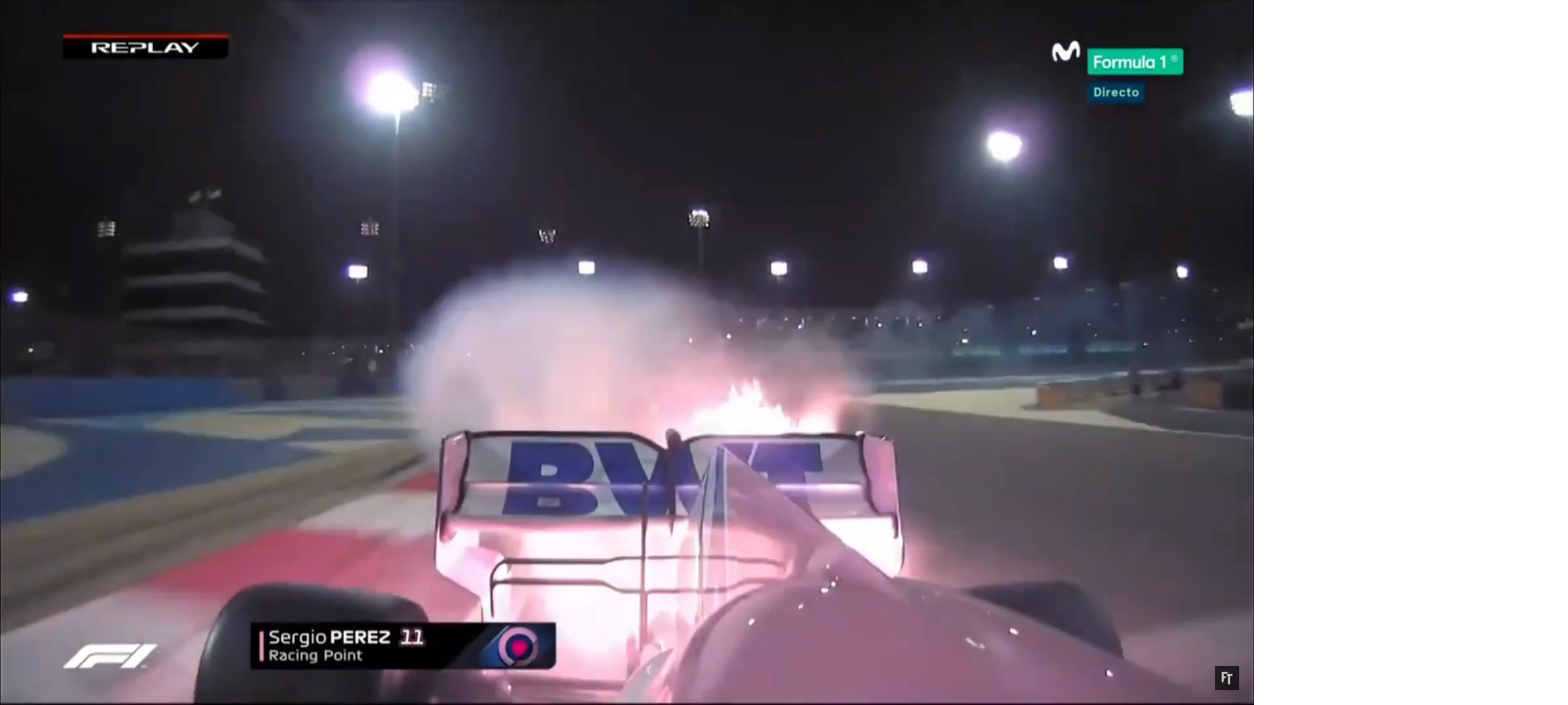Centreline upwash from the rear wing and diffuser.
- Login or Register
No account yet? Sign up
Centreline upwash from the rear wing and diffuser.
As someone with a high level degree in aerodynamics I'm appalled at the suggestion that aero can be sort of intuited and approximated where electronics requires educationgodlameroso wrote: ↑05 Jul 2021, 21:22I'm not some high IQ guy, I got a 1080 in my SAT test, that's like barely average. I can't make my brain think in formulas, or an academic sense. However I'm not a complete tard, I kind of get what's going on, I am somewhat in touch with this process. I wouldn't talk about it if I didn't know, which is why I don't talk about electronics.
Birds can intuit aero, and since I have a bird brain I'm half way therejjn9128 wrote: ↑05 Jul 2021, 21:53As someone with a high level degree in aerodynamics I'm appalled at the suggestion that aero can be sort of intuited and approximated where electronics requires educationgodlameroso wrote: ↑05 Jul 2021, 21:22I'm not some high IQ guy, I got a 1080 in my SAT test, that's like barely average. I can't make my brain think in formulas, or an academic sense. However I'm not a complete tard, I kind of get what's going on, I am somewhat in touch with this process. I wouldn't talk about it if I didn't know, which is why I don't talk about electronics.
I think the problem is you're talking in terms of global airflow in regions of local airflow. So while it is true that the diffuser and rear wing vortex systems merge into a big vortex pair, at the location of the slots on the rear wing endplates they will be very much separate entities. The local flow in that region will also be from high to low pressure, so coming inboard through those slots - you see they're wing shaped and directed inwards. So while it's true that things have to be thought of holistically in terms of a whole system, there is a high degree of local variation - otherwise why bother with things like vortex generators and turning vanes?!
Difficult to say without looking at CFD plots to know local flow conditions. To hazard a guess though, with a higher downforce rear wing the pressure between the endplates is lower and the flow incidence higher (upwash from the wing) so bleeding that pressure off is beneficial and reduces the vorticity of that lower endplate vortex. So with a lower downforce wing they're not as effective as the flow condition is changed.godlameroso wrote: ↑05 Jul 2021, 22:05What do you suppose is happening, we know RBR takes the slots off to reduce drag, so how would the slots increase drag? Wouldn't the solid barrier create greater pressure differential between the wing tips and a solid barrier vs slots? If the air is coming in from the outside of the endplates as you say, giving the air a bigger obstruction would increase drag wouldn't it? If the flow is contained to within the rear wing and endplates, then the slots would help increase swirl of the vortex as I believe them to do.

Yeah but not right by the side of the endplate, there's inwash and upwash there through the slots, where they're trying to reduce the strength of the vortex off the corner of the top endplate after the upper slots got banned.
How do you mean? The F1 diffuser is suction assisted/enhanced as is. I thought we were discussing such a diffuser.
At racing speeds, just the diffuser, well the air that passes over is being slowed down, the slowing down is a convergent flow. Packing rods in a tube. Rods have mass, and create a downward force.